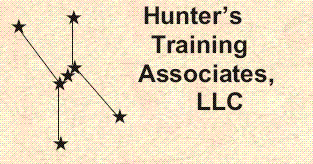
ISPF Update - Course Objectives
On successful completion of this course, the student, with the aid of the
appropriate reference materials, should be able to:
- Use the new CUA interface (action bars, pull-downs, point-and-shoot fields, etc.)
- Tailor the look and feel of ISPF to meet individual preferences to accomplish work under ISPF
- 'View' a sequential data set or a member of a PDS/PDSE
- Build and use reference lists
- Use advanced features of edit commands (labels, bounds, masks) and new or advanced edit
commands (e.g.: exclude, flip, shift commands, case changing commands, text split, md, version, level, etc.)
- Use language-sensitive color editing
- Use command retrieval capabilities (e.g.: RETF, RETP) and the TSO command shell
retrieval area
- Use ISPF VSAM support to create and delete VSAM objects and to list information about
VSAM objects
- Manage additional split screens (up to 32) using extensions to the SPLIT and SWAP commands
and the new SCRNAME and SWAPBAR commands
- Use the ISPF Workplace Shell to perform ISPF based tasks
- Use the z/OS UNIX Directory List utility (3.17) to work with z/OS UNIX files.
A634 / 2 Days
These Materials © Copyright 2012 by Steven H. Comstock
Materials version: V5.x
Course description
Topical Outline
TSO / ISPF / REXX / CLIST curriculum
Home page
This page last updated: 30 July, 2014
Copyright © 2014 by Hunter's Training Associates, LLC
